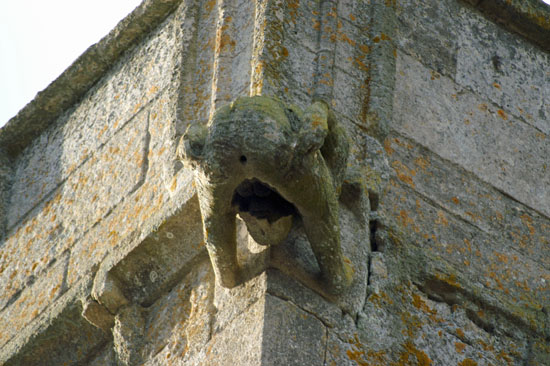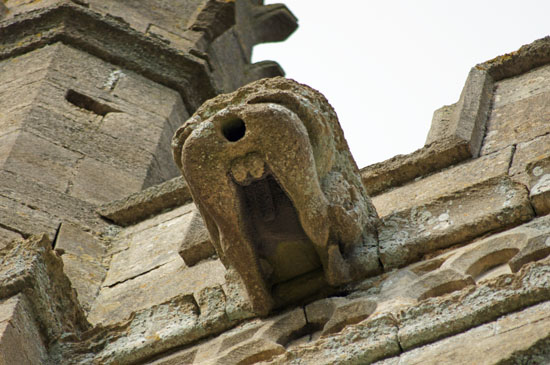|
|
||||||||||||||||||||||||||||||||||||||||||||||||||||||||||
|
Please sign my Guestbook and leave feedback |
||||||||||||||||||||||||||||||||||||||||||||||||||||||||||
|
Recent Additions |
||||||||||||||||||||||||||||||||||||||||||||||||||||||||||
|
The mooning figure is not unique to this area or to the Demon Carver. There are several known examples in England and in France. Interestingly, however, they tend to be gargoyles, not frieze carvings. True gargoyles are there to direct rainwater from roof to ground and it is hardly surprising that mischievous masons sometimes could not resist use of strategically placed orifices for this purpose. Legend and speculation abound around these figures. At Easton-on-the-Hill near Stamford local legend has it that the figure is bending towards Peterborough Cathedral in protest at the mason’s being underpaid. It has to be admitted that in all but one of the DC’s churches the mooner is on the south side of the church - in the direction of Peterborough - but it is too much of a leap of imagination to suppose that this was an endless protest against Peterborough Cathedral simply because not all of these churches were within the Peterborough Diocese. Besides, we know that the c15 changes to Oakham Church were probably paid for by Westminster Abbey, not Peterborough Cathedral. Indeed, church building would not normally have been paid for by a diocese at all, and some of the Carver’s churches had wealthy local benefactors. An even more interesting speculation is that mediaeval people were plagued by the problems of constipation and that these figures reflected a social preoccupation. Hum! Well if that were the case then the image would be much more widespread. And are we to believe that this preoccupation was to the exclusion of all others? I think we can consign this theory to the Recycling Bin of history! The external decoration of churches with grotesques and gargolyles at this time is plausibly believed by several authoritative sources to reflect the contast between a world outside the church beset by the devil and sin. Within was the sanctity of the church. So perhaps the mooner was aimed at the sinful world? Cocking a snook at the Devil? Whether or not you believe any of these theories, the fact remains that the mooning man is a rare image, yet we have seven examples in this comparatively small area if England and all on friezes, not on gargoyles. We will never know what the carver intended, but it is surely difficult to argue against this being a trademark on one or more carvers? |
|
|
||||||||||||||||||||||||||||

